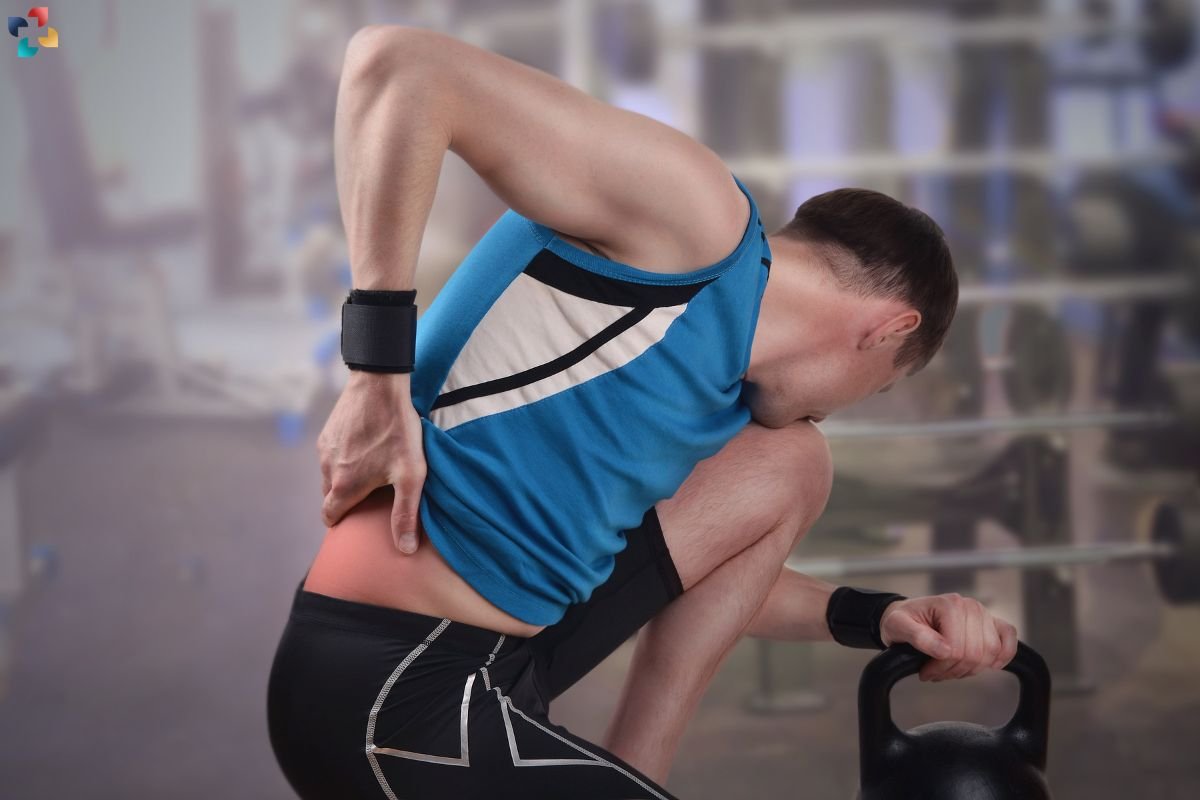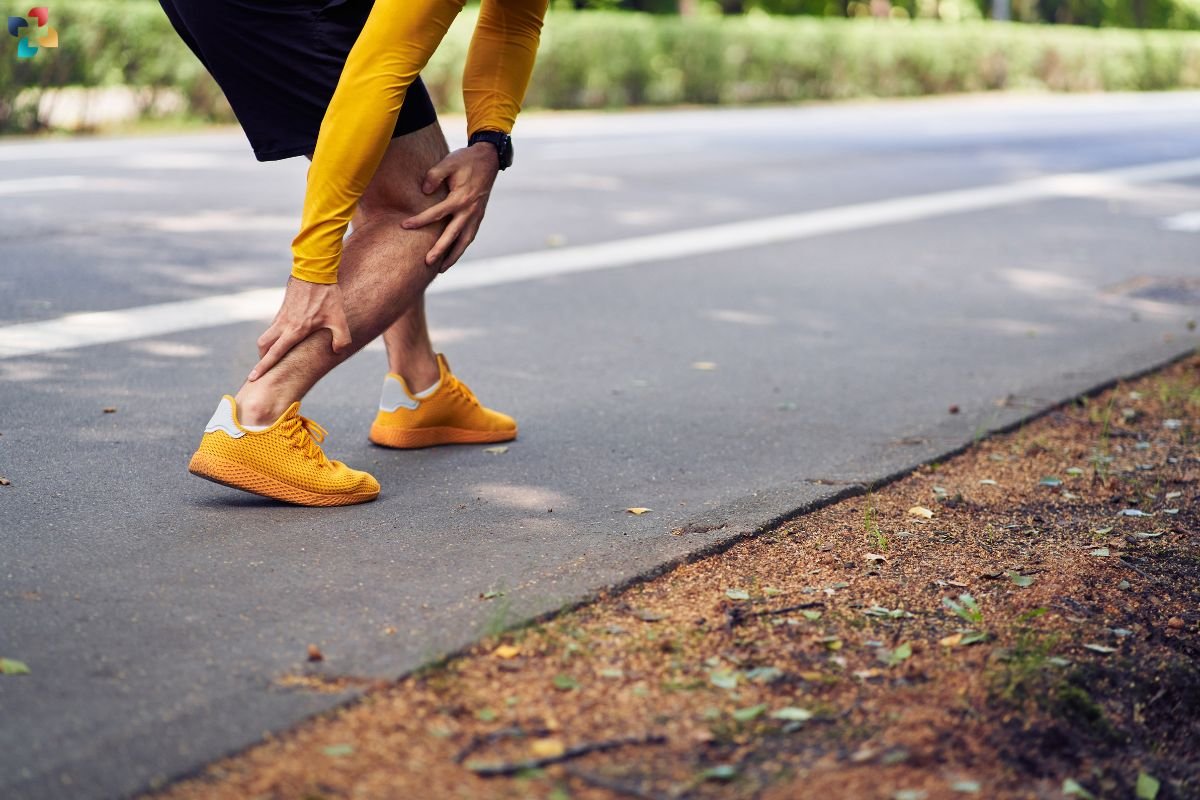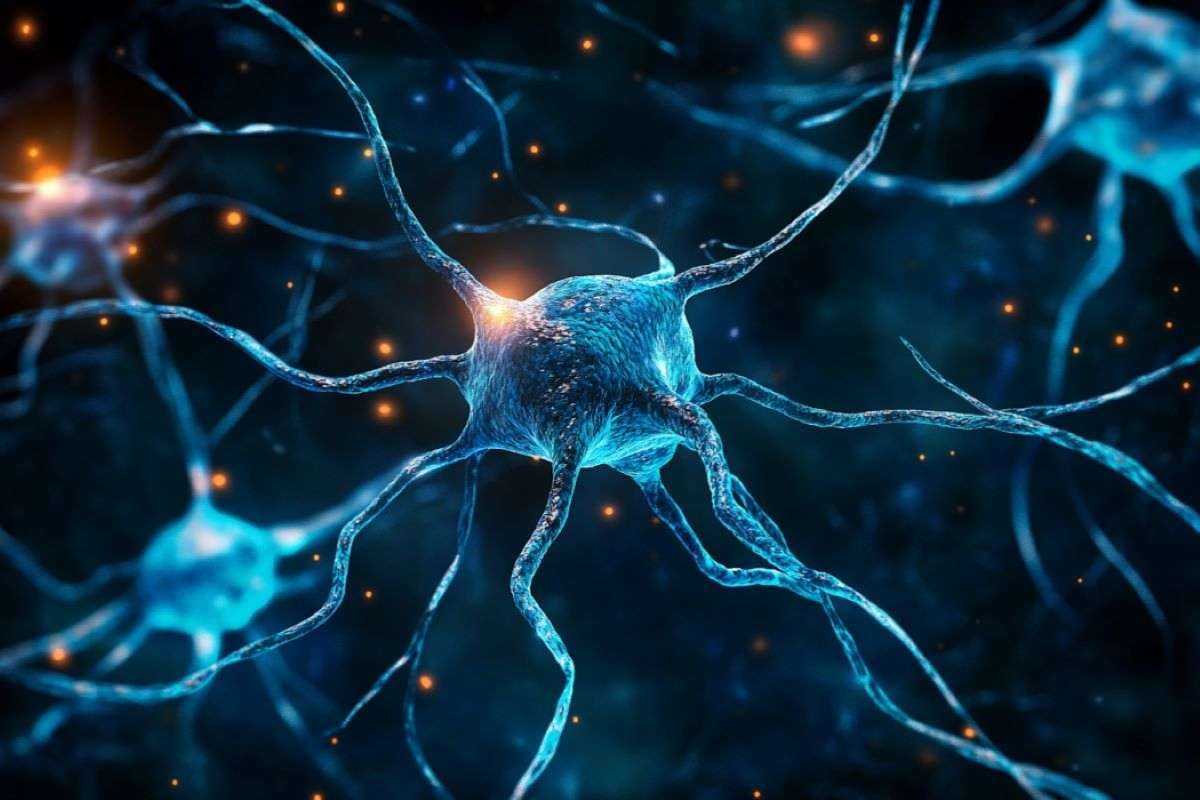Running is a popular form of exercise that offers numerous health benefits, including improved cardiovascular health, weight management, and mental well-being. However, like any physical activity, running can sometimes lead to injuries, with groin injuries being a common issue among runners. Groin injuries in runners can be painful and debilitating, often requiring a comprehensive approach to treatment and prevention to ensure a full recovery and return to activity.
Understanding Groin Injuries in Runners
Groin injuries in athletes typically involve strains or tears of the muscles, tendons, or ligaments in the groin area. The most common types of groin injuries include:
- Adductor Strain: This involves the muscles on the inner thigh that are responsible for pulling the legs together. An adductor strain can occur suddenly or develop gradually over time due to overuse.
- Hip Flexor Strain: The hip flexor muscles, located at the front of the hip, help lift the knee and move the leg forward. Strains in these muscles are often caused by overuse or sudden movements.
- Inguinal Hernia: An inguinal hernia occurs when tissue, such as part of the intestine, protrudes through a weak spot in the abdominal muscles. This type of hernia can cause pain and discomfort in the groin area.
- Sports Hernia: Unlike a traditional hernia, a sports hernia does not involve a visible bulge. Instead, it is a soft tissue injury that causes chronic pain in the groin area, typically resulting from repetitive twisting and turning movements.
- Osteitis Pubis: This condition involves inflammation of the pubic symphysis, the joint where the left and right pubic bones meet. It is often caused by repetitive stress and overuse.

Causes of Groin Injuries in Runners
Groin injuries in runners can result from various factors, including:
- Overuse: Repetitive stress on the groin muscles and tendons without adequate rest and recovery can lead to overuse injuries.
- Poor Warm-Up: Inadequate warm-up before running can increase the risk of muscle strains and tears.
- Weak Core Muscles: A weak core can place additional stress on the groin muscles, leading to injury.
- Sudden Movements: Quick changes in direction, sudden acceleration, or deceleration can strain the groin muscles.
- Improper Technique: Poor running form or technique can contribute to the development of groin injuries.
Symptoms of Groin Injuries in Runners
The symptoms of groin injuries in athletes can vary depending on the type and severity of the injury. Common symptoms include:
- Pain and tenderness in the groin area
- Swelling or bruising
- Stiffness and limited range of motion
- Muscle weakness
- A popping or snapping sensation at the time of injury
5 Steps To Treating Groin Injuries In Runners
1. Preventing Groin Injuries in Runners
Preventing groin injuries in athletes involves a combination of proper training techniques, strength exercises, and flexibility routines. Here are some tips to help reduce the risk of groin injuries:

- Warm-Up Properly: Begin each run with a thorough warm-up, including dynamic stretches that target the groin muscles. This helps increase blood flow and prepares the muscles for activity.
- Strengthen Core and Groin Muscles: Incorporate exercises that strengthen the core and groin muscles into your training routine. This can help stabilize the pelvis and reduce the risk of injury.
- Maintain Flexibility: Perform regular stretching exercises to maintain flexibility in the groin and hip muscles. Yoga and Pilates can be particularly beneficial for improving flexibility.
- Gradual Progression: Increase the intensity and duration of your runs gradually to avoid overloading the groin muscles. Follow a structured training plan that allows for adequate rest and recovery.
- Use Proper Technique: Pay attention to your running form and technique. Consider working with a running coach to identify and correct any biomechanical issues.
2. Treating Groin Injuries in Runners
When groin injuries in athletes do occur, it is important to address them promptly to prevent further damage and promote healing. Here are five steps to treating groin injuries in athletes:
- Rest and Avoid Aggravating Activities: The first step in treating a groin injury is to rest and avoid activities that aggravate the injury. Continuing to run or engage in activities that cause pain can worsen the injury and delay recovery.
- Ice and Compression: Applying ice to the injured area can help reduce pain and inflammation. Use an ice pack or a bag of frozen peas wrapped in a towel and apply it to the groin for 15-20 minutes every few hours during the first 48 hours after the injury. Compression bandages can also help reduce swelling.
- Physical Therapy: Working with a physical therapist can be highly beneficial for treating groin injuries. A therapist can design a personalized rehabilitation program that includes exercises to strengthen the groin muscles, improve flexibility, and restore range of motion.
- Pain Management: Over-the-counter pain relievers, such as ibuprofen or acetaminophen, can help manage pain and reduce inflammation. In some cases, a doctor may prescribe stronger medications or recommend corticosteroid injections to alleviate pain and inflammation.
- Gradual Return to Activity: Once the pain and inflammation have subsided, it is important to gradually return to running and other activities. Start with low-impact exercises, such as swimming or cycling, before slowly reintroducing running. Pay attention to your body and avoid pushing through pain.

Foot Pain in Runners: Common Issues and Prevention Strategies
In this comprehensive guide, we will explore the most common types of foot pain in runners, their causes, and effective prevention exercises to keep you on the move without discomfort.
3. How to Fix Groin Injuries in Runners?
Fixing groin injuries in runners involves a multifaceted approach that addresses the root causes of the injury and promotes long-term recovery. Here are some additional tips on how to fix groin injuries:
- Strength Training: Incorporate strength training exercises that target the groin muscles, hip flexors, and core. Exercises such as squats, lunges, and planks can help build strength and stability.
- Flexibility Exercises: Regularly perform stretching exercises to improve flexibility in the groin and hip muscles. Include both static and dynamic stretches in your routine.
- Cross-Training: Engage in cross-training activities that reduce the repetitive stress on the groin muscles. Swimming, cycling, and elliptical training are excellent low-impact options.
- Proper Footwear: Ensure that you are wearing appropriate running shoes that provide adequate support and cushioning. Replace worn-out shoes regularly to prevent injury.
- Listen to Your Body: Pay attention to any signs of discomfort or pain in the groin area. If you experience persistent pain, seek medical attention to rule out serious conditions and receive appropriate treatment.
4. Rehabilitation Exercises for Groin Injuries in Runners
Rehabilitation exercises are a crucial component of the recovery process for groin injuries in runners. These exercises help strengthen the groin muscles, improve flexibility, and restore function. Here are some effective rehabilitation exercises:
- Adductor Squeeze: Lie on your back with your knees bent and feet flat on the floor. Place a pillow or small ball between your knees and squeeze your knees together, holding for 5-10 seconds. Repeat 10-15 times.
- Hip Flexor Stretch: Kneel on one knee with the other foot in front, forming a 90-degree angle. Gently push your hips forward until you feel a stretch in the front of your hip. Hold for 20-30 seconds and repeat on the other side.
- Side-Lying Leg Raises: Lie on your side with your legs straight. Lift your top leg towards the ceiling, keeping it straight. Hold for a moment, then lower it back down. Repeat 10-15 times on each side.
- Bridge Exercise: Lie on your back with your knees bent and feet flat on the floor. Lift your hips towards the ceiling, squeezing your glutes and groin muscles. Hold for a few seconds, then lower back down. Repeat 10-15 times.
- Plank with Leg Lift: Start in a plank position with your elbows on the ground. Lift one leg off the ground, hold it for a few seconds, and then lower it back down. Repeat 10-15 times on each side.

5. When to Seek Medical Attention?
While many groin injuries in runners can be managed with self-care and rehabilitation exercises, there are times when it is important to seek medical attention. Consult a healthcare professional if you experience:
- Severe pain or inability to move the leg
- Swelling or a visible bulge in the groin area
- Symptoms that do not improve with rest and self-care
- Persistent pain that interferes with daily activities
- Signs of infection, such as redness, warmth, or fever
Conclusion
Groin injuries in runners are a common and often frustrating problem that can hinder performance and cause significant discomfort. Understanding the causes, symptoms, and treatment options for groin injuries is essential for runners to effectively manage and prevent these injuries. By incorporating proper warm-up techniques, strength training, flexibility exercises, and gradual progression into their training routines, runners can reduce the risk of groin injuries and enjoy a safe and rewarding running experience.
If an injury does occur, following a structured treatment plan that includes rest, physical therapy, and gradual return to activity can help ensure a full recovery and prevent future injuries. Remember, listening to your body and seeking medical attention when needed are crucial steps in maintaining long-term running health and performance.







